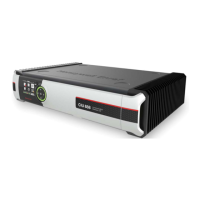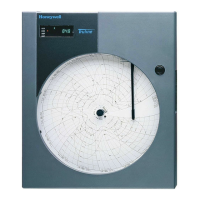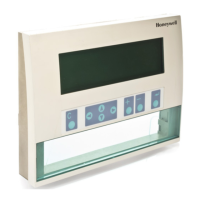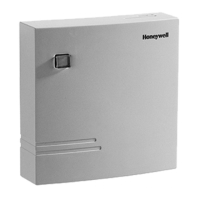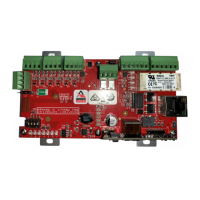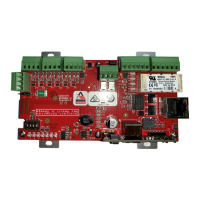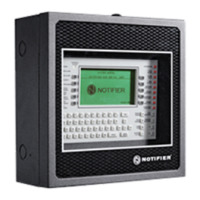perating and Installation
water ingress resistance of the CNI2 will have been compro
overall safety and reliability levels.
If the enclosure is opened for service reasons, check for any evidence of moisture
accumulation, mold, or cable corrosion. Inspect the enclosure gasket for evidence of
uld indicate that it should be replaced.
It is normal however that a
gasket will have a slight indent mark due to the compression from the lid.
normally not be an issue so long as the cable glands were properly tightened during the
nstall. Performing this periodic service step increases potential service life,
reliability, and maintains hazardous area safety.
Where the CNI2 has the external antenna connection option, this should be inspected
for corrosion. Normally it is best poli
cy to completely seal the connector area with
Cleaning / decontamination of the enclosure
exterior is normally not necessary, except
to address obvious issues such as a bird
atop the unit. If it is desired to
e surface for better label visibility, then a cloth heavily dampened with water or
Clorox Formula 409 will work.
surfaces are potential sources for static charge accumulation
hen rubbed with a dry cloth. This could result in static discharge, which would then
lead to hazardous gas ignition / explosion.
Always use a damp cloth when cleaning the outside surface of a CNI2 enclosure.
Additional service is normally not required,
unless it becomes necessary to swap out a CNI2 or
. Precautionary guidelines when using multi
meters and other diagnostic
equipment while inside a potential hazardous gas environment apply here.
ke or break connections while
hazardous. This includes both field wiring connections and battery
If there are any operational problems directly related to the electronics o
often times more convenient to swap the unit out with a spare and then later make a
determination in the repair shop as to whether it should be returned to
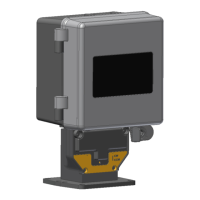
